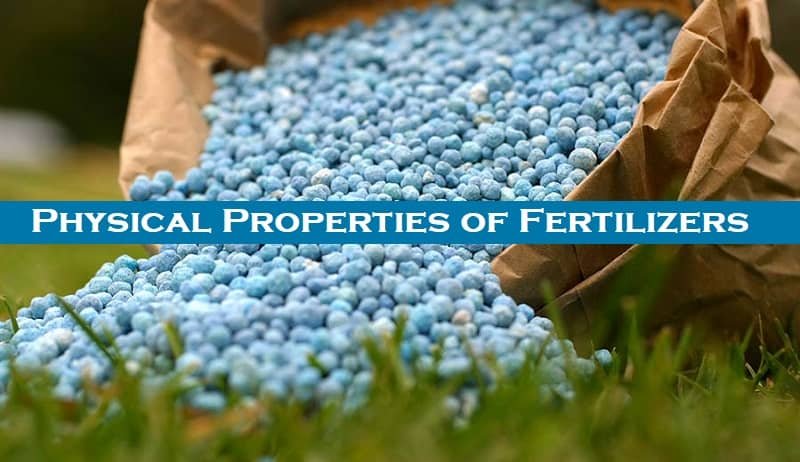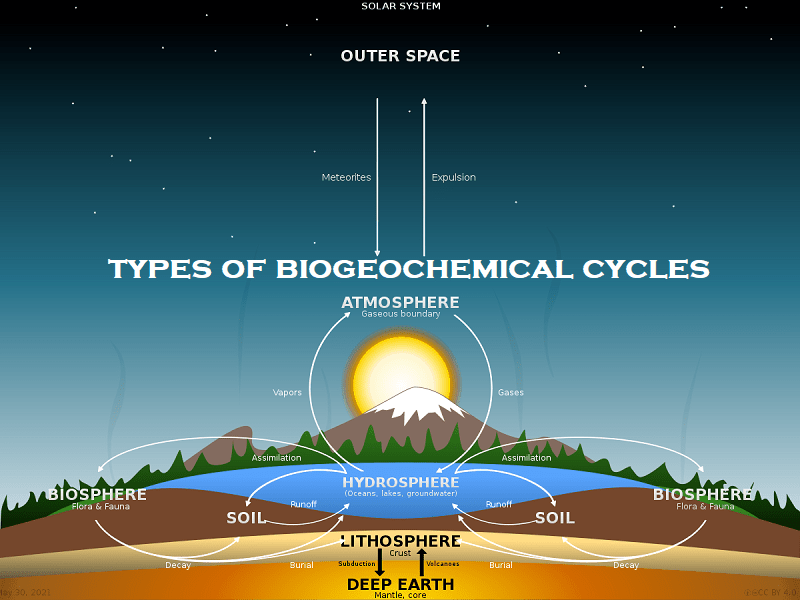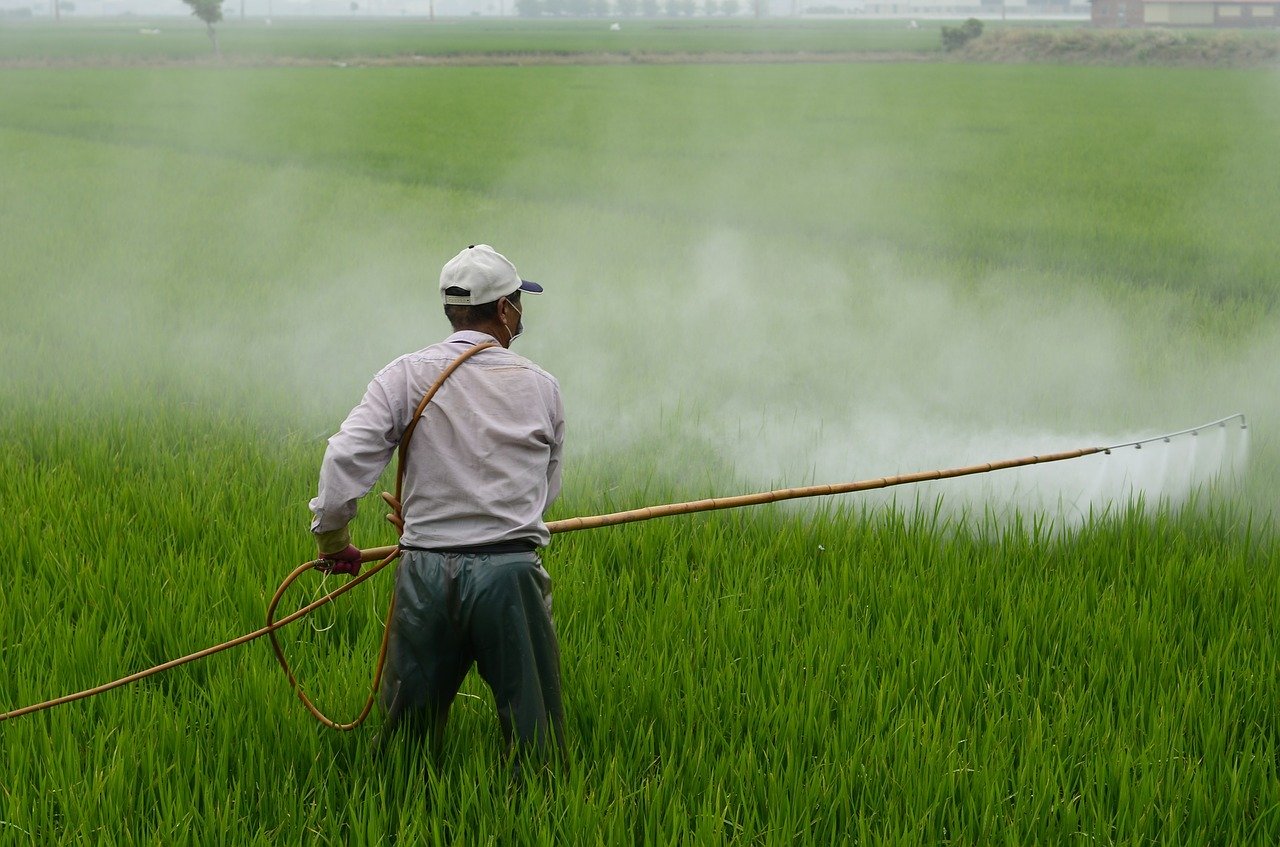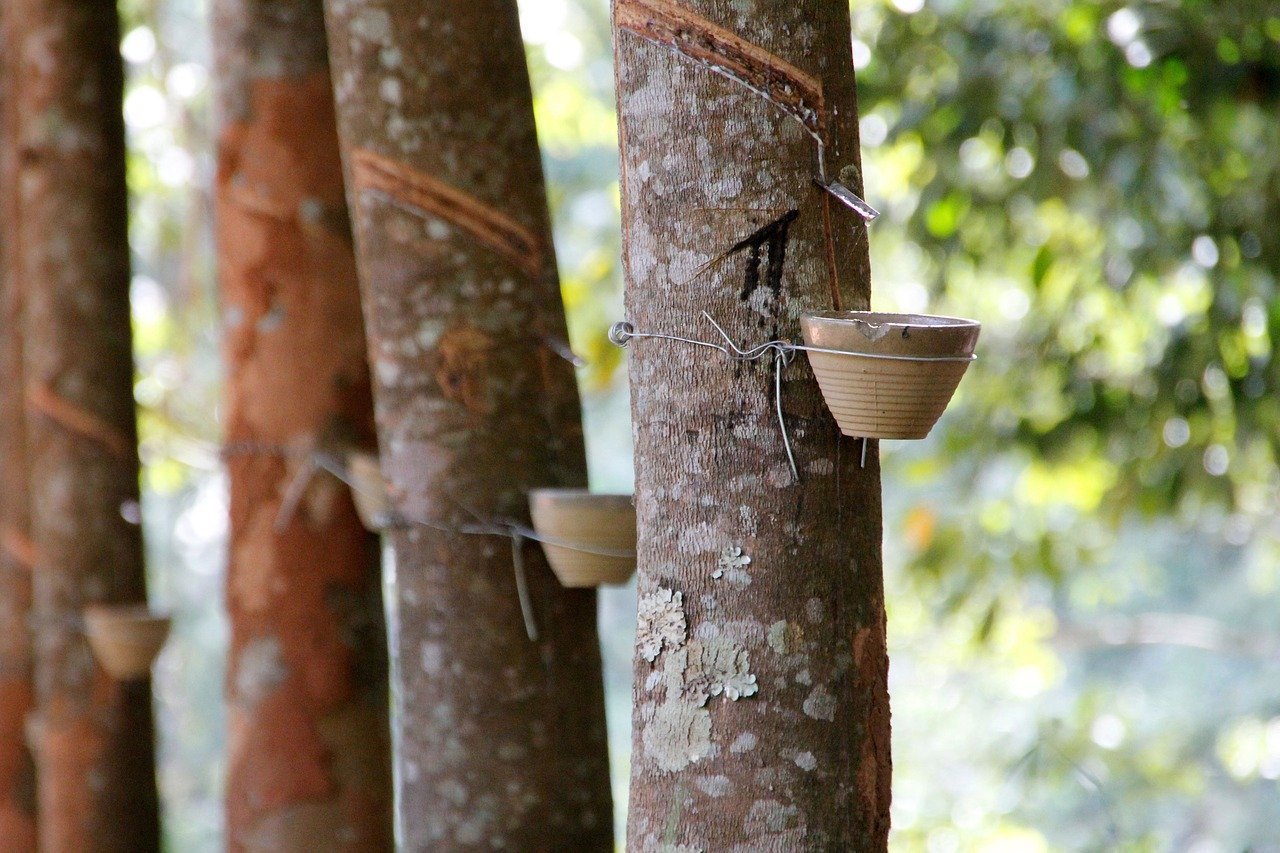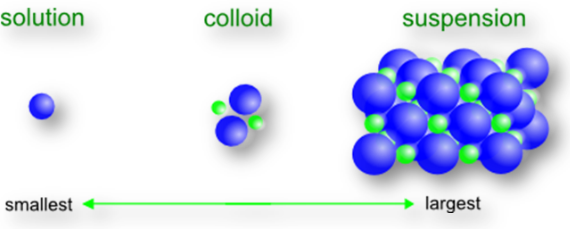Ion Uptake Mechanism (Contact exchange theory, CO2 exchange theory) Ion Uptake Theory Scientists have postulated many theories about adsorption of ions, among them following 2 are most important 1. Contact exchange theory. 2. CO2 exchange theory. 1. Contact exchange theory Contact exchange theory In 1951 aenni and his associates develop this theory. This is a process of direct ion exchange between root cells and soil colloids. They observe that cations of soil colloids are generally moving around their own shell and similarly H+ ions of root surface are also moving around their own shell. In this process, once upon a time when two shells are come in contact closely they overlap each other. Then the ions of these two shells, exchange each other. Result by, H+ ions are replaced by other cations. H+ [Root] + K+ [Clay] → K+ [Root] + H+ [Clay]. 2. CO2 …
Read more

